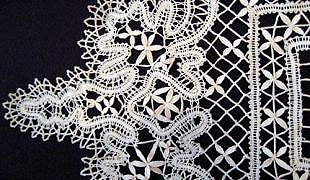
© Photo: wikipedia.org

Twenty artists will take part in the Lucky Hunt Sofia Graffiti Festival on September 14 and 15. They will spray over 1000 square metres in Sofia. The event is dedicated to pets and classic cars, say the organisers - the Sofia Graffiti Tour team in..
North-eastern Dobrogea could become UNESCO Global Geopark The authorities in Tulcea County are taking steps for the north-eastern Dobrogea to become a UNESCO Global Geopark, a territory of sustainable development whose values and..
With excitement and some trepidation, more than 55,000 Bulgarian children will be starting school this year for the very first time. On 16 September, the first graders will enter their renovated classrooms and sit down at their desks where colourful..
Cultural and linguistic diversity - this is what distinguishes the European Union, and the languages spoken in the community are an important part of..

+359 2 9336 661
